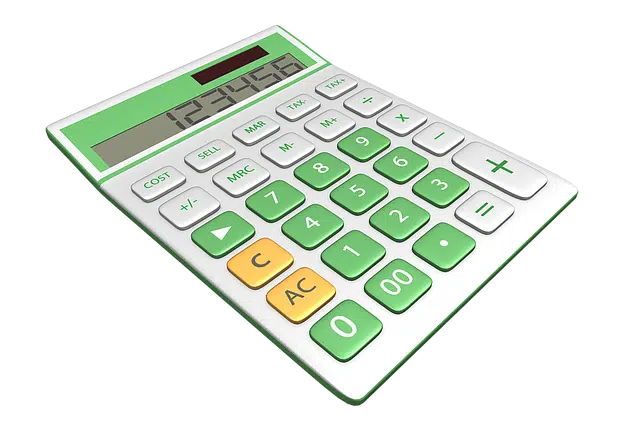
Reason is the ability that makes possible the recognition and questioning of concepts.
The concept of reason has its origin in the Latin ratio . The dictionary of the Royal Spanish Academy (RAE) recognizes more than ten meanings of this word, among them the faculty to think, reflect and infer , the argument that is presented in support of a certain thing, the motive or cause, and the quotient two figures .
From the perspective of philosophy , reason is the ability by virtue of which man not only manages to recognize concepts but also question them. In this way, it manages to establish its coherence or contradiction and can induce or deduce others different from those it already knows.
Functioning of reason
Reason appeals to multiple tautological principles (which are explained in themselves), such as the principle of identity (which shows that a concept is that same concept), the principle of non-contradiction (the same concept cannot be and not be at the same time). same time) and the principle of the excluded third (between the being or not being of a concept, there are no possibilities of an intermediate situation).
On the other hand, two main types of reasoning can be mentioned: deductive (option that considers that the conclusion is implicit in the premises ) and inductive (variant that obtains general conclusions from something particular).

The idea of reason appears in the field of mathematics.
The concept in mathematics
It is common that the results of some observation or measurement must be compared with another value to give it meaning. If we say that a car reaches 120 kilometers per hour, we do not have enough information to know if that is a lot or a little. But if we establish a relationship with the maximum speed of another vehicle, our perception of this data will be very different .
Let's say the other car has a top speed of 100 kilometers per hour. To determine the difference, we will divide 120 by 100, from which we can deduce that for every 1 kilometer traveled by the second car, the first does 1.2, or that the first runs 1/5 (or 20%) faster. This comparison of two similar quantities is nothing other than the geometric ratio, the quotient that we obtain by dividing them by each other to find out how many times one contains the other .
Another way of expressing what was said above would be 120 is 100 . The only case in which it is not necessary to indicate the unit of measurement is when both magnitudes share it. The numerator, the first element, is called the antecedent and the denominator, the consequent . Ratios can be expressed as a fraction or a decimal number.
Arithmetic ratio
The arithmetic ratio , on the other hand, defines the difference of two values . It can be expressed by means of a point or a minus sign between both magnitudes. For example, the arithmetic ratio of 120 to 100 would be written 120,100 or 120-100 . In this case, as in the previous one, the first element is the antecedent and the second, the consequent. Since this classification consists of a subtraction between two numbers, its properties are the same as in all addition or subtraction .
Finally, a relationship can be established between three values, called a simple ratio , which consists of dividing the subtractions between the first and each of the other two. If we have the numbers a, b and c, this will be expressed in the following way: (abc) = (a – b) / (a – c) . To establish the double ratio of four magnitudes, two values must be taken and the simple ratio between each of them and the remaining two must be obtained; then, the quotient of both comparisons will result in double .
Name of different newspapers
Finally, it should be noted that there are numerous newspapers that bear the name “La Razón” .
There are publications of this type in Madrid ( Spain ), Buenos Aires ( Argentina ), La Paz ( Bolivia ), Lima ( Peru ), Montevideo ( Uruguay ) and Caracas ( Venezuela ), for example.
